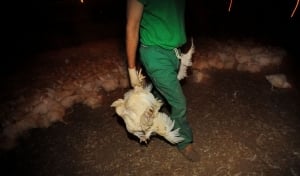In the United States, more than 7 billion chickens are killed for their flesh each year. More chickens are raised and killed for food than all other land animals combined, yet not a single federal law protects chickens from abuse.
Chicken “farms” are actually massive, crowded, filthy warehouses.
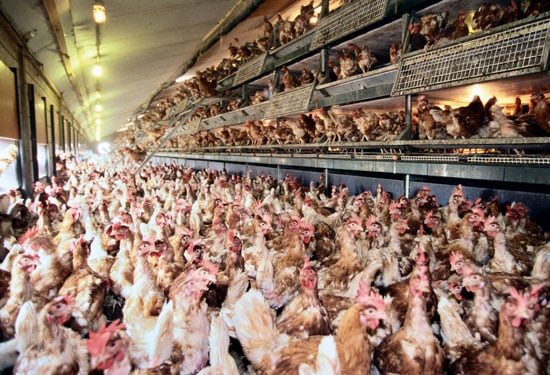
This is what “free range” looks like.
The facilities are so filthy that many chickens suffer from chronic respiratory diseases and ammonia burns.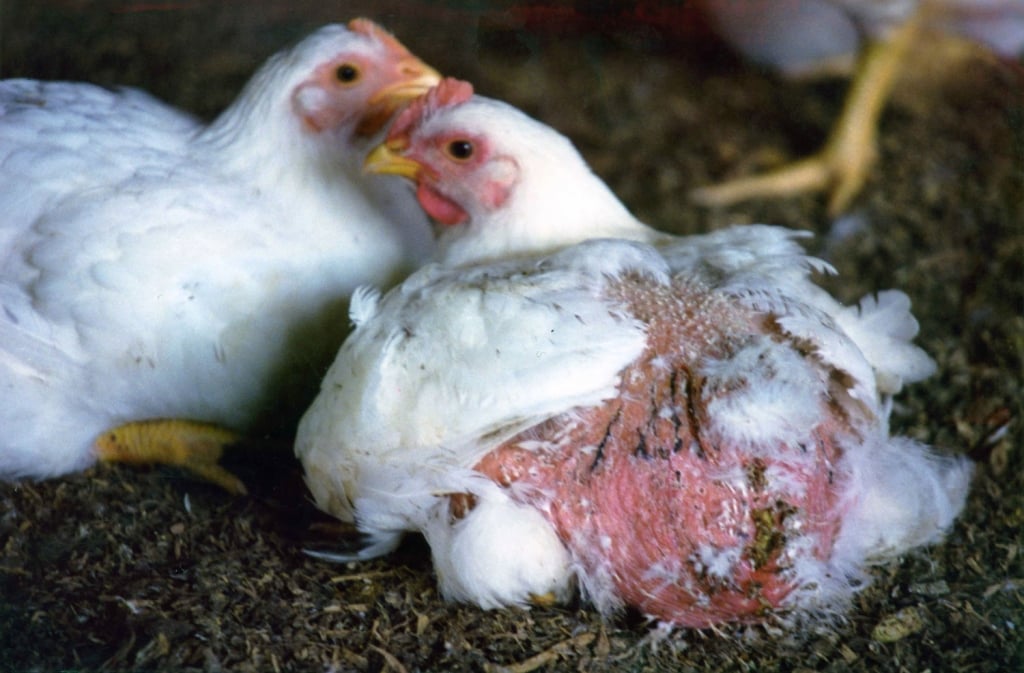
Reporter Michael Specter visited a chicken shed and wrote: “I was almost knocked to the ground by the overpowering smell of feces and ammonia. My eyes burned and so did my lungs, and I could neither see nor breathe …. There must have been 30,000 chickens sitting silently on the floor in front of me. They didn’t move, didn’t cluck. They were almost like statues of chickens, living in nearly total darkness, and they would spend every minute of their six-week lives that way.”
To keep them alive in conditions that would otherwise kill them, chickens are given nearly four times the amount of antibiotics as human beings or cattle in the United States …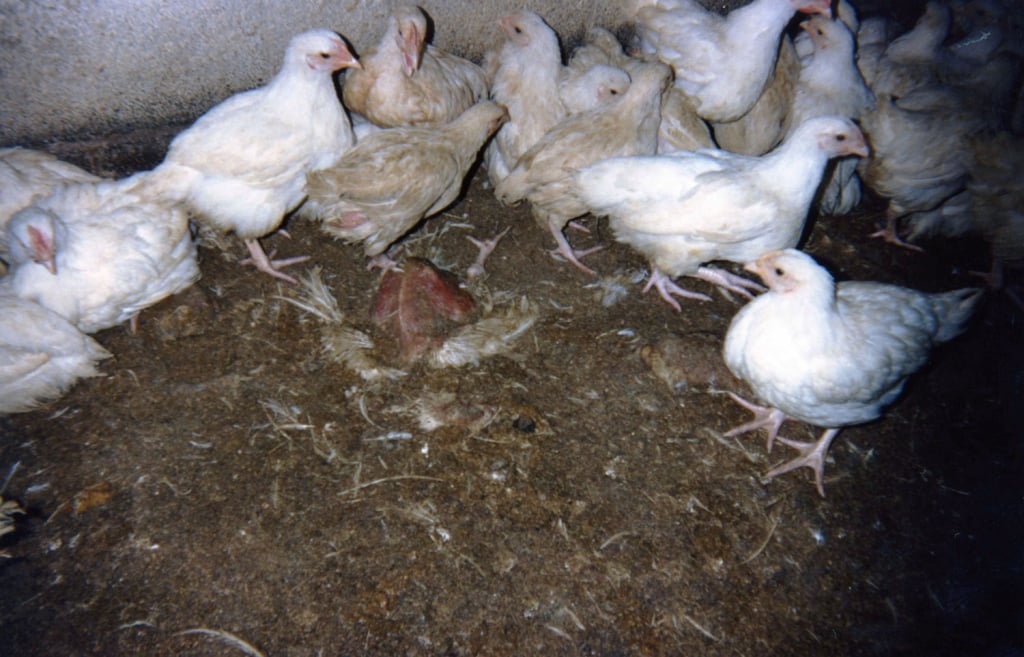
… yet a 2006 study by Consumer Reports found that a staggering 83 percent of grocery market chickens it tested were infected with either campylobacter or salmonella bacteria or both.
And despite the drugs, chickens frequently die, and the dead birds are left among the living.
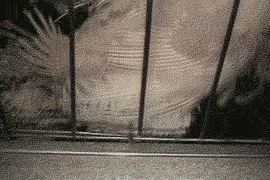
Chickens are genetically manipulated and dosed with drugs to make them grow faster and larger.
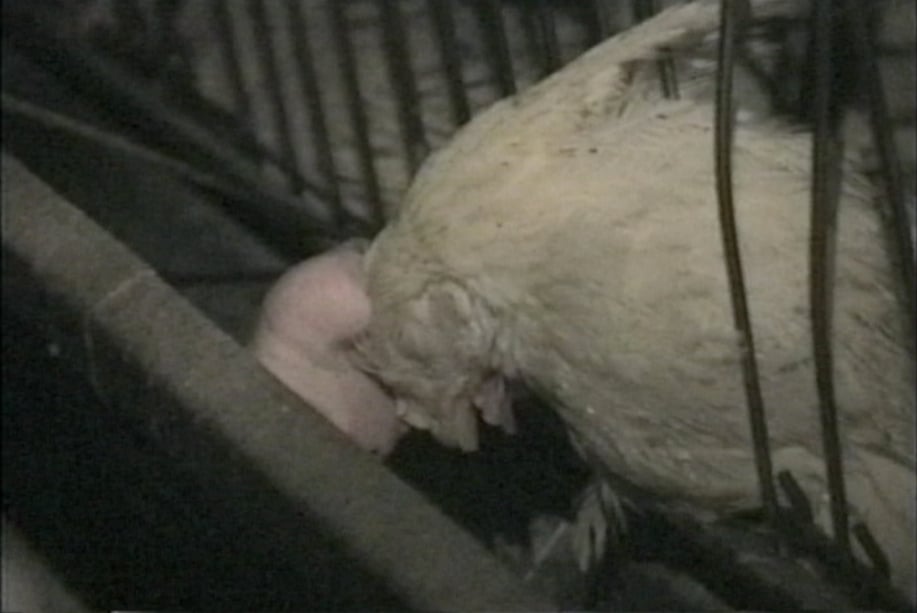
Because of this unnaturally accelerated weight gain, these very young birds frequently die of heart attacks and collapsed lungs, something that would almost never happen in nature.
Chickens on factory farms are crippled.
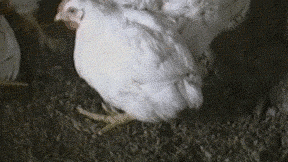
By the age of 6 weeks, 90 percent of broiler chickens are so obese that they can no longer walk.
As a result, many chickens on factory farms die because they cannot reach water.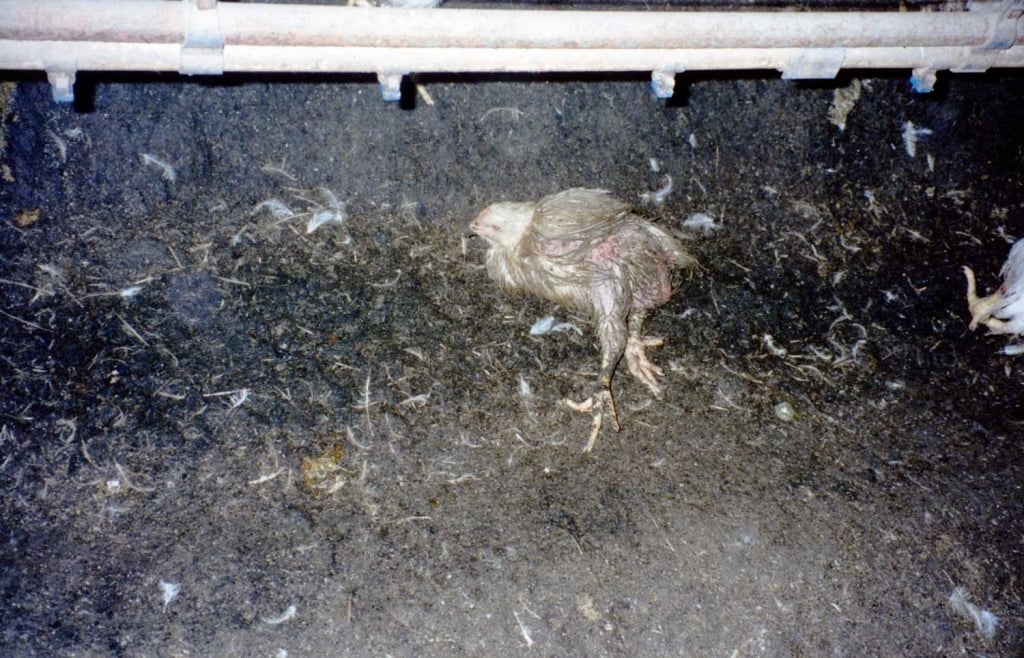
When breeder chickens are very young, hot blades are used to cut large chunks off their sensitive beaks so that they won’t peck each other out of frustration caused by the intense confinement.
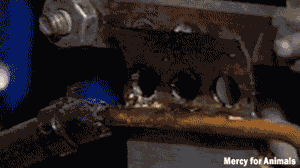
The birds are not given any painkillers, and many debeaked chickens starve to death because they are in too much pain to eat.
In an attempt to limit growth and stave off early death from organ failure, farmers don’t give breeder chickens enough to eat and because the birds drink water to try to relieve their hunger, factory farm operators often reduce the available drinking water so that they won’t have to clean up wet manure.
Once the bodies of chickens are too worn out to produce enough eggs or chicks, they are sent to a nice retirement home in the country the slaughterhouse.
Workers rush through the sheds, grabbing multiple birds by their legs and slinging them into crates for transport.
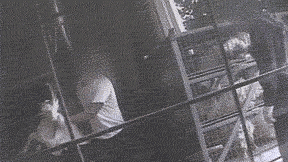
Turkeys get the same cruel treatment. This rough handling injures tens of millions of birds every year.
The journey to the slaughterhouse may be hundreds of miles long, but chickens are given no food or water and are shipped through all weather conditions.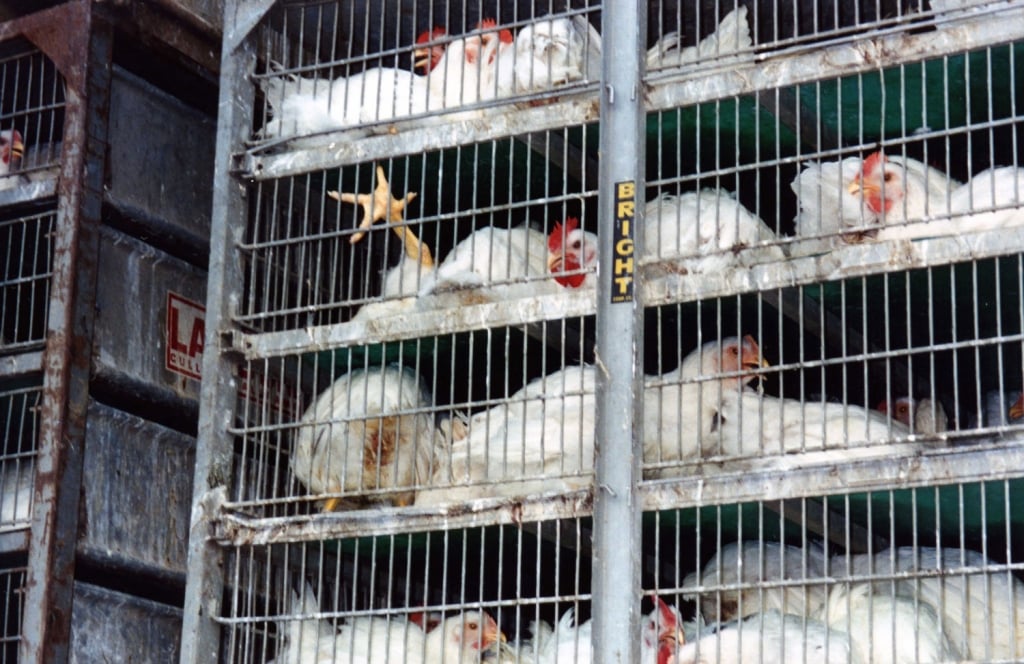
After this nightmarish journey, the chickens are dumped out of the crates, and workers grab them and force their legs into shackles so that they are hanging upside down, breaking many birds’ legs in the process.
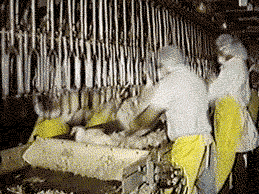
The terrified animals struggle to escape, often defecating and vomiting on the workers.

Once in the shackles, the upside-down birds are dragged through an electrified water bath meant to paralyze them, not render them unconscious. This means that chickens are still conscious when their throats are cut and they slowly bleed out.
The blade doesn’t kill all the chickens, and neither does the backup cutter.

According to U.S. Department of Agriculture records, millions of chickens every year are still alive when they are dunked into the scalding-hot water of the defeathering tanks.
Chickens raised on factory farms in the U.S. never have the chance to do anything that God made them to do, and they endure horrific abuse that would likely be illegal if dogs or cats were the victims.

